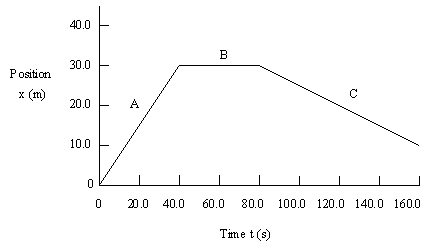Motion 3.1
Paragraph Summary: A Velocity vs. Time graph represents your displacement over time. If the line is positive you are moving in a positive direction and if the line is negative you are moving in a negative direction ( Example would be a car moving forward and then moving in reverse). The slope of the line also has a big role in a Velocity vs. Time graph. If the slope is zero the object is moving at a constant velocity and if the line is at the zero point on the velocity vs. time graph the object is not moving. Also if the slope is positive then the object has a positive acceleration, and vise versa if the object has a negative slope it has a negative acceleration.
Helpful Pictures:





